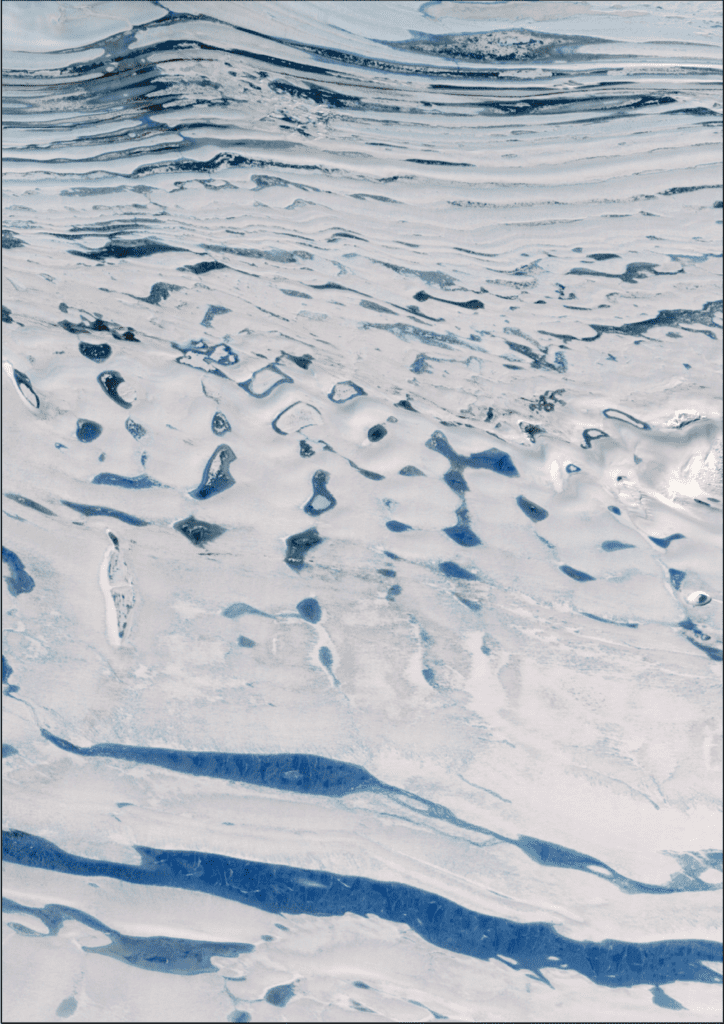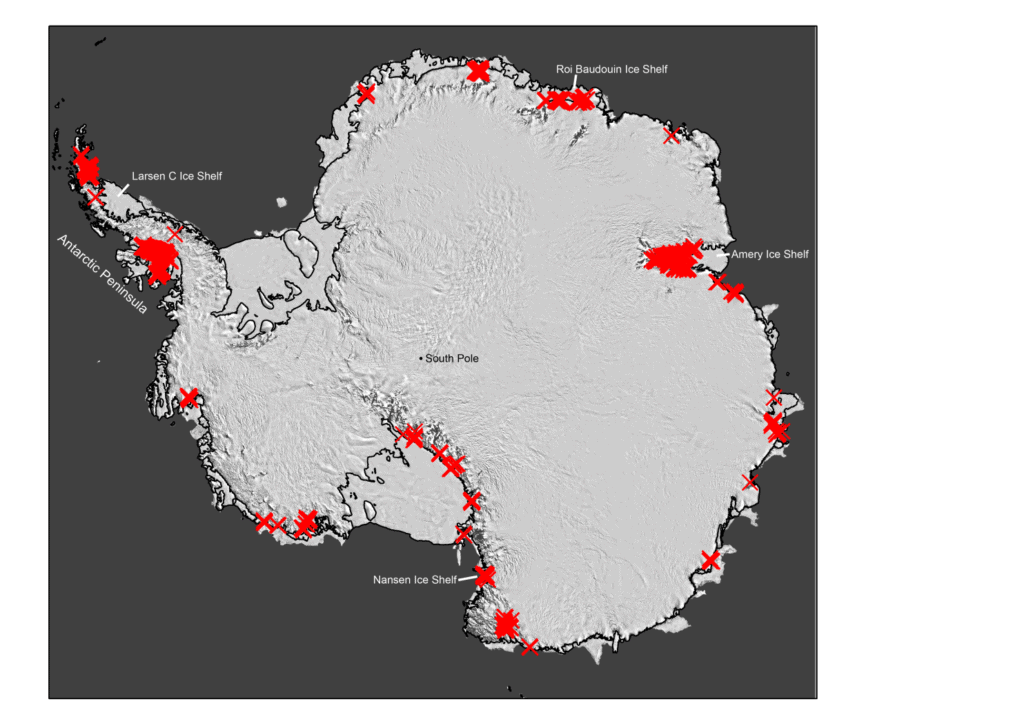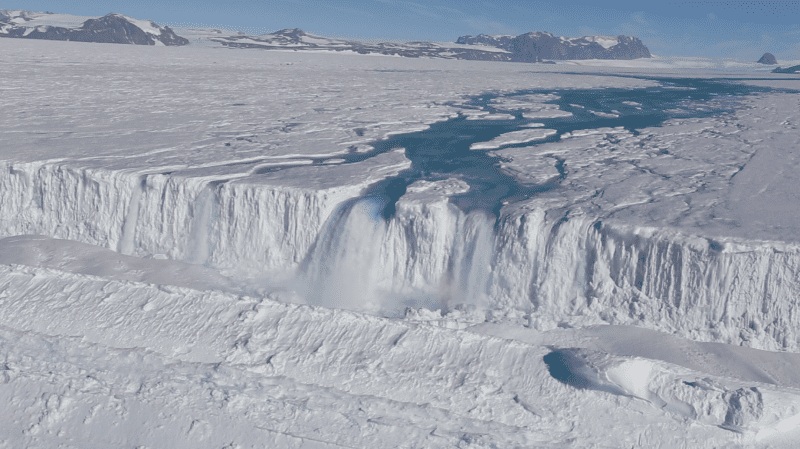The first continent-wide survey of meltwater on Antarctica found alarmingly high numbers of pools, ponds, channels, rivers, and streams flowing across all sides of the continent. Scientists have always known that the Antarctic Western Peninsula is melting at a very high rate but they didn’t expect the whole continent to be awash with meltwater during the ephemeral summer.
700 rivers, ponds, and streams cover the entire continent during Antarctic summer
The team, led by Jonathan Kingslake, a glaciologist at Columbia University’s Lamont-Doherty Earth Observatory, combed through both aerial photography and satellite imagery of Antarctica from when the first very first records started onward. Some of the photos taken by military aircraft are as old as 70 years while the satellite imagery was assessed from 1973 onward.
What they found surprised everyone. During the summer, which corresponds to the Northern latitude winter, an extensive network of some 700 rivers, channels, and streams pop up. Some of these meltwater flows occur even at southern latitudes where scientists thought liquid water couldn’t flow. In some cases, some parts of the water network had existed for decades.

The scale of the summer melting is staggering. This photo was taken by NASA’s Landsat 4 satellite. We’re looking at 520 square miles of East Antarctica’s Amery Ice Shelf. Credit: NASA.
It’s not clear yet from the data whether the meltwater rivers have been growing. Follow-up observations might reveal more but, for now, there’s no reason to think the Antarctic summer springs and rivers have been growing, Kingslake said.
According to the survey, which was documented in two papers published in the journal Nature (one and two), some of the meltwater bodies can grow to gargantuan proportions. Some ponds were 50 miles long, fed by streams which carried as much water as the Hudson river. There are even waterfalls such as the one where meltwater drains into the ocean at the edge of the Nansen Ice Shelf. You can see amazing footage of the drainage system in question below.
There are various mechanisms through which the meltwater network forms during the Antarctic summer. Some of the regions form after winds blow surface snow and expose the dark ice below which absorbs more sunlight. Once this happens, a feedback loop is triggered where the melting ice starts exposing more dark ice as the water flows through the snow. In other regions, the meltwater surfaces around rocky mountain outcroppings which peak out of the ice.

Much of Antarctica’s ice is littered with seasonally flowing meltwater streams. Each “X” shows where an individual drainage system was identified. Until recently, scientists used to think these features are confined to the northern Antarctic Peninsula, on the upper left of the map. Credit: Nature, 2017.
Because the water freezes back once the temperature takes a dip, it’s not thought that the meltwater has a considerable influence on Antarctic ice levels. However, as average temperatures continue to rise, meltwater will only get more widespread, potentially threatening the integrity of ice shelves. The 12,000-year-old Larsen Ice Shelf famously collapsed due to warm water beneath. Other ice shelves might meet a similar fate according to some climate models. If more collapse, inland glaciers currently blocked by the ice shelves could be free to migrate to the open ocean, where they’d melt and rise the sea level.










